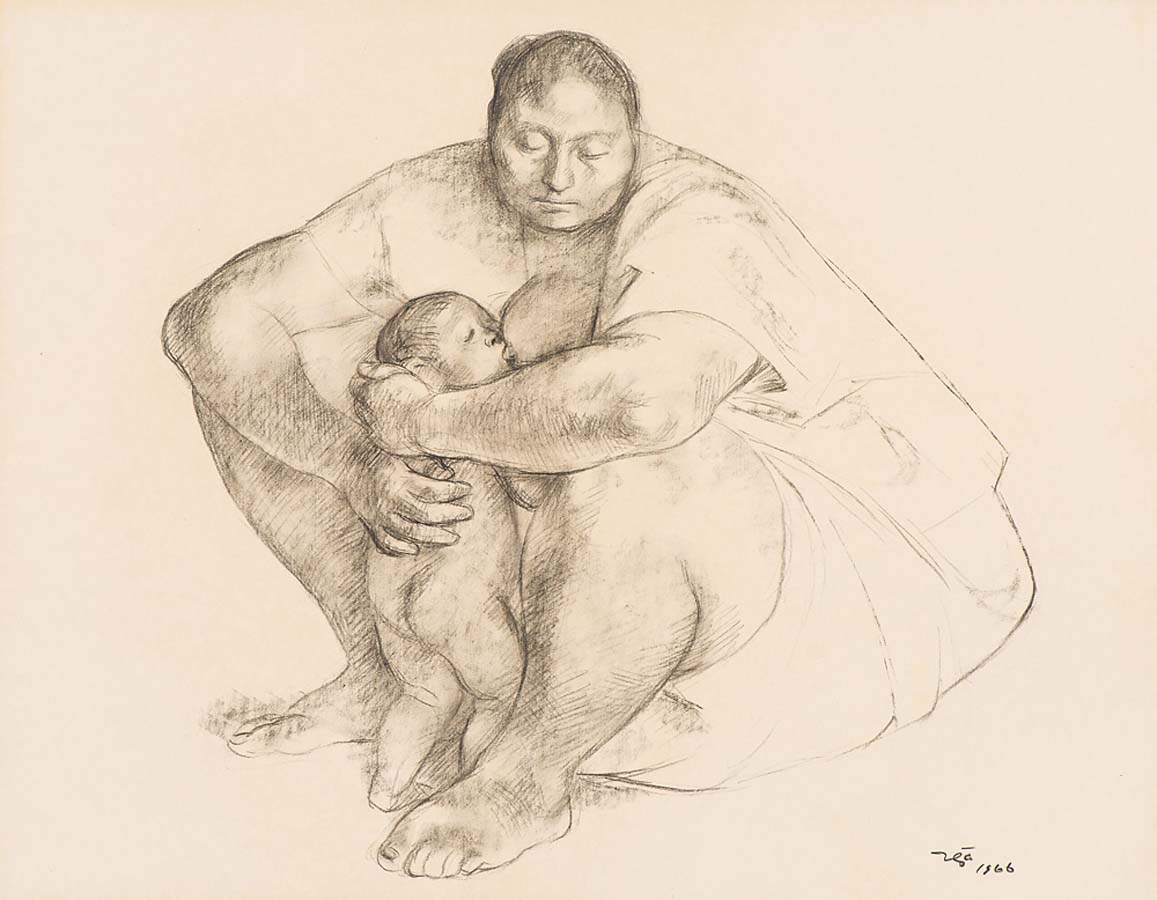Francisco Zuniga
Costa Rican-born Francisco Zúñiga (1912-1998) was first exposed to religious wood carving in the studio of his father. Motivated to become an artist, Zúñiga attempted in 1936 to visit and study in Europe but the Spanish Civil War blocked his plans. Instead he went to México where he became a frequent visitor of Mexico City's old Anthropology Museum. The prehispanic sculptures there became a determining factor in the style and themes of Zuniga's later works.
Zúñiga's themes consist almost exclusively of female human figures. He used the reboso (Mexican shawl) to generate his well-known pyramidal composition of southeastern Mexican females. Often the figures, represent women's powerful strength as matriarchs. Zúñiga's masterful technique veils and unveils the anatomy of young, mature and elderly women. He has described his work as "a continuous representation of femininity." Like no one else, he has captured and created the archetype of the women of southeastern México.
A member of the Mexican Academy of Arts, Zúñiga received the 1992 Mexican Award for the Arts, the highest distinction that the Mexican Government grants to an artist. He died August 9, 1998 in México City
Works:
 Click for more
Click for more 